Crop Overviews
The Jefferson Institute works with farmers on a number of alternative crops. The feasibility of an alternative crop on your farm will depend on a number of factors including soil type, production methods and farm location relative to markets.
Click on any of the crops below for a brief overview of the crop along with links to more information about production, marketing and more.
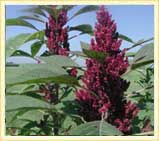 |
Amaranth
Amaranth is a broadleaf plant that could be mistaken for soybeans early in the growing season by someone driving past a field. Late in the season, however, there is no mistaking this striking, tall crop which develops brilliantly colored grain heads producing thousands of tiny seeds. Read more |
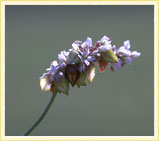 |
Buckwheat
Buckwheat is an unusually fast-growing crop with a variety of uses. Its flexibility and wide adaptation led it to be grown on more than a million acres in the U.S. in the late 1800?s, even though it is not native to our country. Read more |
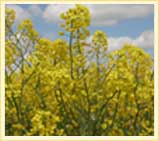 |
Canola
Canola is rapidly gaining acreage as a rotation alternative with small grains and other crops. Grown in several regions of the U.S., canola has strong demand as a healthy vegetable oil. Canola?s main selling point has been its low level of saturated fats, making it popular as a cooking oil…. Read more |
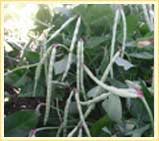 |
Cowpea
Cowpea is one of the most ancient crops known to man, with its center of origin and subsequent domestication being closely associated with pearl millet and sorghum in Africa. It is now a broadly adapted and highly variable crop, cultivated around the world primarily for seed, but also as a vegetable… Read more |
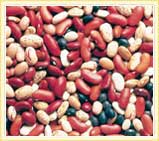 |
Dry Edible Beans
Dry edible beans, or field beans, come in a wide variety of market classes, including kidney bean, navy bean, pinto bean, and black bean. These beans, although differing in the size and coloring of the seed, are all just different types of a single species, Phaseolus vulgaris L. Read more |
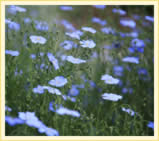 |
Flax
Flax was one of the most important crops to early American farmers and to the economy of our emerging nation. Grown in almost every state east of the Mississippi River, and some beyond, flax was literally the fiber and preservative that helped sustain our people. Read more |
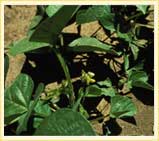 |
Mungbean
Mungbean is at the same time one of the most familiar beans in the U.S., and one of the least known. It is familiar to many because of its use for bean sprouts in salad bars across the country. Yet few have seen the crop growing or know where it is produced. Read more |
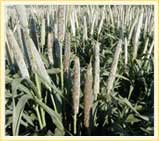 |
Pearl Millet
Pearl millet is a warm season annual grass crop that is best known in the U.S. as a forage crop. Estimated U.S. area planted to pearl millet for forage use is 1.5 million acres. New varieties of pearl millet, however, are being developed for use as a grain crop. Read more |
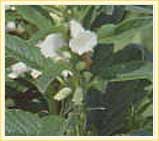 |
Sesame
Sesame is an ancient oilseed, first recorded as a crop in Babylon and Assyria over 4000 years ago. The crop has since spread from the Fertile Crescent of the Ancient Near East to be grown in many parts of the world on over 5 million acres. Read more |
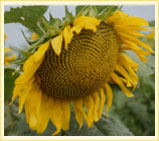 |
Sunflowers have a long history in Missouri, dating back at least a thousand years to when they were cultivated in fields by Native Americans. Sunflowers are very well adapted to Missouri conditions, even though their primary production has lately been in the Northern and Western Plains. Read More |
